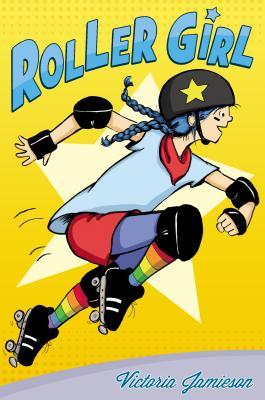2011 Sydney Taylor Book Award Winner, Older Readers
2011 Nebula Award Nominee
2011 ALA Great Graphic Novels for Teens, Fiction
Kirkus Reviews 2010 Best Children’s Books
Children's Book Committee Bank Street College of Education Children's Choices--Best Books of 2011, Fantasy, ages 9-12
Children's and Young Adult's Cybil Winner
Association of Jewish Libraries Sydney Taylor AJL Winner
Oregon Book Awards Winner
Oregon Council of Teachers of English Oregon Spirit Award Winner
Mirka is no ordinary Orthodox Jewish girl. She is stuck at home with knitting needles listening to advice about getting a husband, but she longs to wield a sword and do battle with dragons. Haunted by the loss of her mother and annoyed with her sharp-tongued step-mother, Mirka finds that she must defend herself and her brother against bullies, do battle with a talking pig, and accept a challenge from a local witch.
Part fantasy tale, part cultural documentary, part story of preteen angst, part family drama, Orthodox culture comes alive in the pages of this fresh, unique graphic novel about a brave girl. The universal truths will inspire all girls to make their dreams come true.
Classroom Connections:
The author’s website has useful information about creating graphic novel panels. Click here for more information.
Because Hereville: How Mirka Got Her Sword is accessible for almost all readers, it is model text for teaching RL.6.3 (Describe how a particular story’s or drama’s plot unfolds in a series of episodes as well as how the characters respond or change as the plot moves toward a resolution). The text contains a series of episodes that are readily recognizable, and classroom discussions about how Mirka changes as the plot moves toward the resolution will be rich and interesting.
Book Information:
Title: Hereville: How Mirka Got Her Sword
Author: Barry Deutsch
Author: Barry Deutsch
Age Range: 8-12 years
Grade Level: 3-7
Lexile Measure: 380L
Paperback: 144 pages
Published: 2010
ISBN-13: 978-1419706196
Dewey Decimal: FIC or 741.5973

















